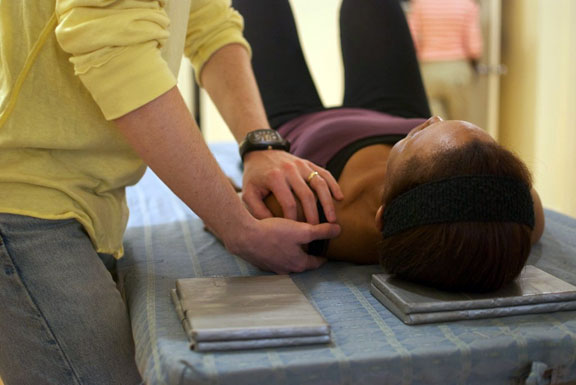 by Brooke Lieb
When I was taking private lessons, I had no idea how my teacher was facilitating changes in my sense of ease and freedom, I just knew it was different from anything I had ever experienced. I recognized some of it was what what she told me to think and wish for, but it seemed most of the changes were the result of some mysterious and magical quality in her hands.
by Brooke Lieb
When I was taking private lessons, I had no idea how my teacher was facilitating changes in my sense of ease and freedom, I just knew it was different from anything I had ever experienced. I recognized some of it was what what she told me to think and wish for, but it seemed most of the changes were the result of some mysterious and magical quality in her hands.
I decided to give the man I was dating at the time, an Alexander “lesson." I had him lay on the floor and I copied what I thought my teacher was doing. Afterwards, all he noticed was that his shoulders weren’t pulled up around his ears anymore. Other than that, nothing much happened and I realized I had no idea what my teacher was doing with her hands. I began to take private lessons with other teachers as well, and it became clear they had all been trained to use their hands in a specific way. There were differences in the quality of their hands, but the ideas and thought process was the same and I recognized the changes that I experienced with different teachers.
When I started teacher training, I was relieved and delighted to discover that teaching would be an extension of the same skills I had been learning as a private student, and these skills would be applied in a practical, step-by-step process, to the use of hands and all the activities of teaching.
I have now been training teachers on the ACAT Faculty since 1992 and while each graduate has a unique quality to their touch, they are also able to facilitate the same response in my system when they have hands on me as my other teachers. The use of the hands is a skill that can be taught.
A Skill That Can Be Taught
In his book Freedom to Change, Frank Pierce Jones writes:
"F. M. told me that in 1914 he was just beginning to find a new way of using his hands in teaching. By applying the inhibitory control (which had proved so effective in breathing and speaking) to the use of his hands he was learning to make changes in a pupil that were different from ordinary manipulation or postural adjustment."
Throughout my training at ACAT, I was taken through a series of activities where I was touching objects, including a hat maker's head form, balls, cups, common objects, a phone book, and a stool. These activities were preparing me to use the same inhibitory control Alexander referred to when using his hands to teach.
My task was to practice my skills of inhibition and directing during these highly stimulating activities, while the teacher lifted or moved the object with her or his hands over mine. I learned how to avoid unneeded (but very habitual) tension in my hands, wrists, arms, legs and back as I allowed the teacher to do the work. I became increasingly able to allow myself to remain empty of intention and habitual tension as the teacher acted upon the object. I was merely the observer.
As I mastered this ability to follow the leader, I was given more and more responsibility for taking over lifting and moving these objects myself. I continued to override my habit of excess effort and tension and the objects felt lighter and easier to move.
This was the model I was taught to use my hands in teaching: recognize my habit of stiffening or tensing throughout my body to use my hands; pause to give myself time to reduce the level of effort I bring to the task; and use my intentional thinking to carry out the task in a more easeful way, with tone and effort distributed more easily throughout my body.
I use this step-by-step method throughout a lesson, and it is how I train teachers to develop their own step-by-step methods for themselves.
Lifting A Head
A practical example: Adjusting the height of books under a student's head during a table lesson.
This task involves lifting and supporting the weight of a student's head with one hand while adding or removing books with the other.
My first strategy is to spend as little time as possible weight bearing while still accomplishing the task. At strategic moments along the way, I give myself time to pause and release the bracing and effort that arises from anticipating and then actually lifting.
- I roll my student's head to one side or the other. The books are still supporting the weight of the student's head.
- I rest the hand that will lift her or his head on the books and let the back of that hand release onto the book. This helps me interrupt my tendency to grasp the student's head with tension.
- I roll the student's head onto my hand, and give myself time to refrain from lifting. Instead, I keep resting my hand on the books with the stimulus of my student's head on that hand. This moment of inhibition is valuable for me and for the student.
- I consider lifting the student's head and observe where I want to brace in anticipation of lifting. I undo the preparation I have observed, since I am not yet lifting. This allows me to actually lift with less anticipatory and wasted tension.
- As I lift, I continue to think in ways that allow me to minimize effort and tension as I support the weight of my student's head.
- I change the height of the books with the other hands as I continue the thinking process described in step 5.
- I return my hand to rest on the new book height, and take time to let my student's head rest in my hand, letting go the effort of weight bearing.
- I use my available hand to gently roll the student's head off the hand that did the lifting.
- I roll the student's head back to center.
The American Center for the Alexander Technique (ACAT) runs the oldest Teacher Certification Program in the United States and is proud to have trained more than a third of the country’s Alexander Technique teachers, taught by our world-class faculty. ACAT also serves as a membership organization for Alexander Teachers and students. To find out more about the program click here or come to our Open House May 2, 7:00pm to 9:00pm.
[author] [author_image timthumb='on']http://www.acatnyc.org/main/wp-content/uploads/2014/01/Brooke1web.jpg[/author_image] [author_info]N. BROOKE LIEB, Director of Teacher Certification since 2008, received her certification from ACAT in 1989, joined the faculty in 1992. Brooke has presented to 100s of people at numerous conferences, has taught at C. W. Post College, St. Rose College, Kutztown University, Pace University, The Actors Institute, The National Theatre Conservatory at the Denver Center for the Performing Arts, Dennison University, and Wagner College; and has made presentations for the Hospital for Special Surgery, the Scoliosis Foundation, and the Arthritis Foundation; Mercy College and Touro College, Departments of Physical Therapy; and Northern Westchester Hospital. Brooke maintains a teaching practice in NYC, specializing in working with people dealing with pain, back injuries and scoliosis; and performing artists. www.brookelieb.com[/author_info] [/author]
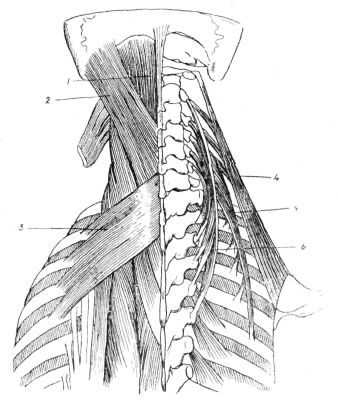 Experiential Anatomy and Alexander Techniquewith Witold Fitz-Simon
Experiential Anatomy and Alexander Techniquewith Witold Fitz-Simon
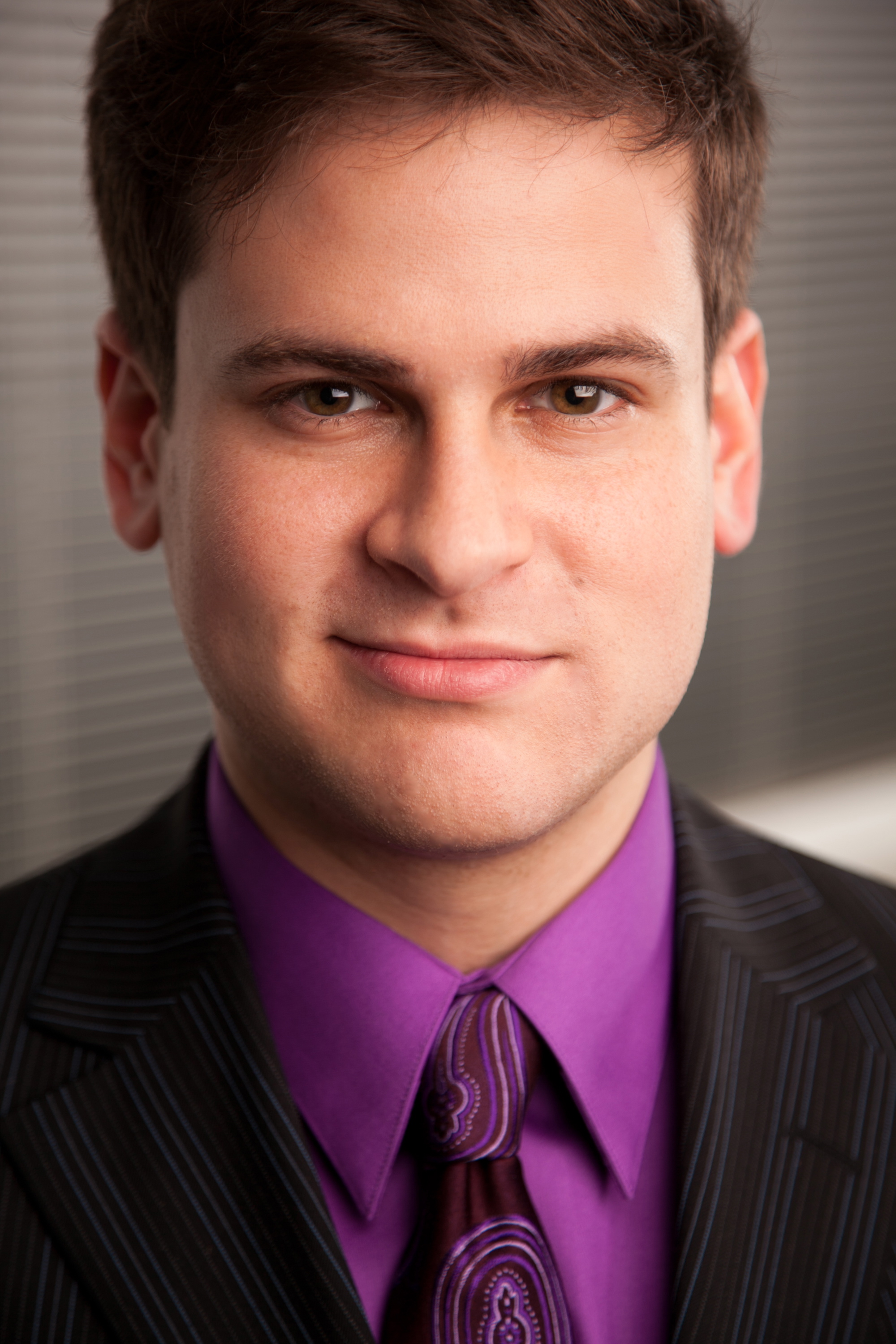 by Brooke Lieb
LIEB
by Brooke Lieb
LIEB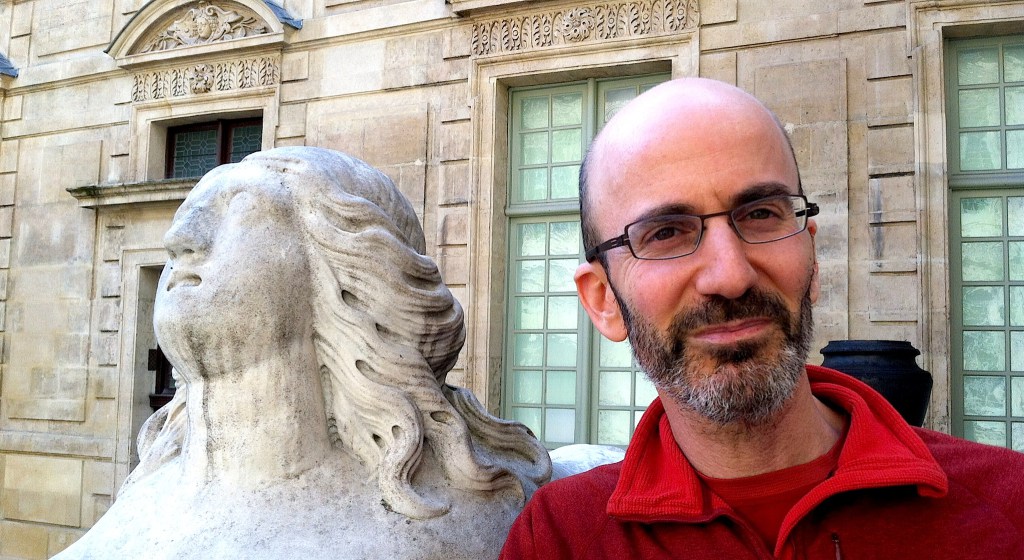 by Brooke Lieb
Q. What, if anything, did you learn from putting hands on faculty?
by Brooke Lieb
Q. What, if anything, did you learn from putting hands on faculty?
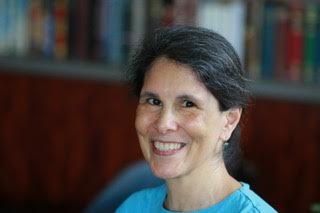 by Brooke Lieb
by Brooke Lieb
 by Brooke Lieb
When I was taking private lessons, I had no idea how my teacher was facilitating changes in my sense of ease and freedom, I just knew it was different from anything I had ever experienced. I recognized some of it was what what she told me to think and wish for, but it seemed most of the changes were the result of some mysterious and magical quality in her hands.
by Brooke Lieb
When I was taking private lessons, I had no idea how my teacher was facilitating changes in my sense of ease and freedom, I just knew it was different from anything I had ever experienced. I recognized some of it was what what she told me to think and wish for, but it seemed most of the changes were the result of some mysterious and magical quality in her hands.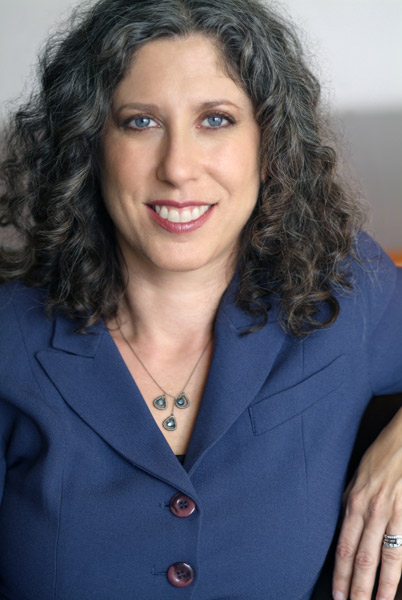 by Brooke Lieb
by Brooke Lieb by Marta Curbelo
I always loved movement and dance. I became a “star” in my brand new elementary school when I danced in front of my father’s Latin band at a school assembly. As a stay-at-home mom, I missed dance. When Nicole was eight, I decided to get active again: I joined The Nickolaus Technique exercise classes. After a few years of taking classes, I became an instructor and gave classes. One of the franchise owners was training at ACAT and asked me to volunteer as his student. At the time, I was about to buy a Nickolaus franchise. After volunteering at ACAT and experiencing a lightness I had never before felt, I started The Alexander Technique lessons with Sarnie Ogus and my life changed. Forget about the Nickolaus franchise, this was for me. My then-husband was going to be assigned to London and I knew I could find a home in England with The Alexander Technique. We never made it to London, but I have been able to teach The Alexander Technique wherever I found myself: New York City, Stamford CT or Santa Fe NM; even being invited to give annual workshops in Italy and Switzerland over a six-year period.
by Marta Curbelo
I always loved movement and dance. I became a “star” in my brand new elementary school when I danced in front of my father’s Latin band at a school assembly. As a stay-at-home mom, I missed dance. When Nicole was eight, I decided to get active again: I joined The Nickolaus Technique exercise classes. After a few years of taking classes, I became an instructor and gave classes. One of the franchise owners was training at ACAT and asked me to volunteer as his student. At the time, I was about to buy a Nickolaus franchise. After volunteering at ACAT and experiencing a lightness I had never before felt, I started The Alexander Technique lessons with Sarnie Ogus and my life changed. Forget about the Nickolaus franchise, this was for me. My then-husband was going to be assigned to London and I knew I could find a home in England with The Alexander Technique. We never made it to London, but I have been able to teach The Alexander Technique wherever I found myself: New York City, Stamford CT or Santa Fe NM; even being invited to give annual workshops in Italy and Switzerland over a six-year period.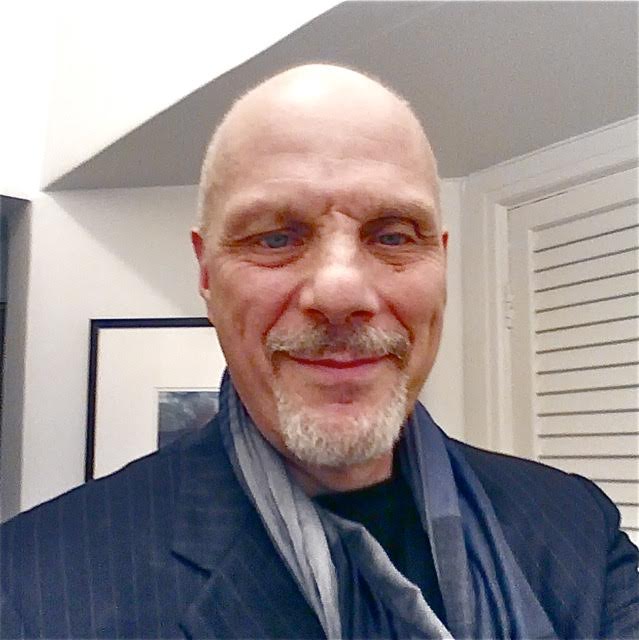 by Daniel Singer
As a young man in my 20’s and well out of college, I was continuing with the spiritual search I had consciously begun at age 15. So as it happened, I found myself living in upstate New York on a rural farm, with a serious group of spiritual seekers. We were studying, in a practical way, the ideas of Gurdjieff. This farm/craft guild was an extraordinarily impactful learning environment, centered around traditional arts like pottery, weaving, woodworking, printing, farming, home-crafts, etc. We were studying the ideas of Gurdjieff; and working at traditional crafts was part of a means we used for self-study. I myself became a glassblower artisan there, and made this community my home for 6 years.
by Daniel Singer
As a young man in my 20’s and well out of college, I was continuing with the spiritual search I had consciously begun at age 15. So as it happened, I found myself living in upstate New York on a rural farm, with a serious group of spiritual seekers. We were studying, in a practical way, the ideas of Gurdjieff. This farm/craft guild was an extraordinarily impactful learning environment, centered around traditional arts like pottery, weaving, woodworking, printing, farming, home-crafts, etc. We were studying the ideas of Gurdjieff; and working at traditional crafts was part of a means we used for self-study. I myself became a glassblower artisan there, and made this community my home for 6 years.